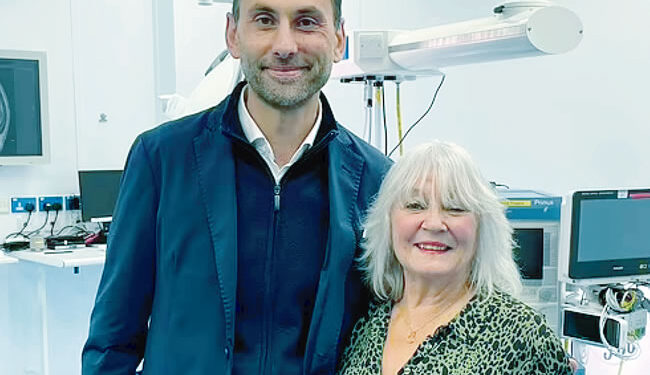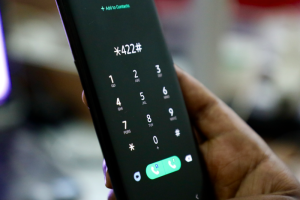
In a groundbreaking procedure, brain cancer patients now have a new surgical option allowing large brain tumours, sometimes as big as apples, to be removed through a small incision in the eyebrow. Described as a world-first technique, this innovative approach spares patients from undergoing traditional “open skull” surgery, which is more invasive and requires longer recovery times. Patients are left with minimal scarring and only a “black eye” post-operation.
Consultant neurosurgeon Anastasios Giamouriadis from NHS Grampian has successfully performed the Modified Eyebrow Keyhole SupraOrbital Approach on 48 patients so far, with many able to leave the hospital within a day. One of his patients, 75-year-old Doreen Adams from Aberdeen, praised the new technique, saying, “I felt great,” after the removal of her “tennis ball”-sized tumor.
Mr. Giamouriadis explained that this method allows surgeons to reach large tumors located in the front and middle areas of the brain without the need for a craniotomy, which involves removing a significant portion of the skull and carries increased risk by exposing healthy brain tissue. The new technique is more technically challenging but is much quicker. “By doing this through the keyhole approach through the eyebrow, it is more challenging technically, but it takes half the time—if not less,” he said, adding, “The patient will go home the second day and be back to normal life in most occasions within a week or two.”
Ms. Adams had previously undergone a craniotomy that was unsuccessful in removing her tumour. Reflecting on her experience with Mr. Giamouriadis, she shared, “He is the most wonderful young man. He told me he could sort me right away.” After the eyebrow procedure, Ms. Adams reported an easier recovery, with only a black eye as a minor side effect. “I felt great,” she said.
Mr. Giamouriadis emphasized the rewarding nature of his work, recounting how patients, like Ms. Adams, often express immense gratitude after the procedure. “Doreen hugged me when she woke up,” he recalled. “They are fully awake straight away, they are completely compos mentis and already improved in recovery. We joke in the team that patients are more awake than anyone else by the end of the day.”
Looking to the future, Mr. Giamouriadis aims to use virtual reality to train other surgeons in the technique. Collaborating with the University of Aberdeen, his team is developing a simulation to enable safe training before conducting the procedure on real patients. “We’re very close to rolling it out so we can train other people,” he said, adding that this simulation approach represents “the safest way to do it.”








